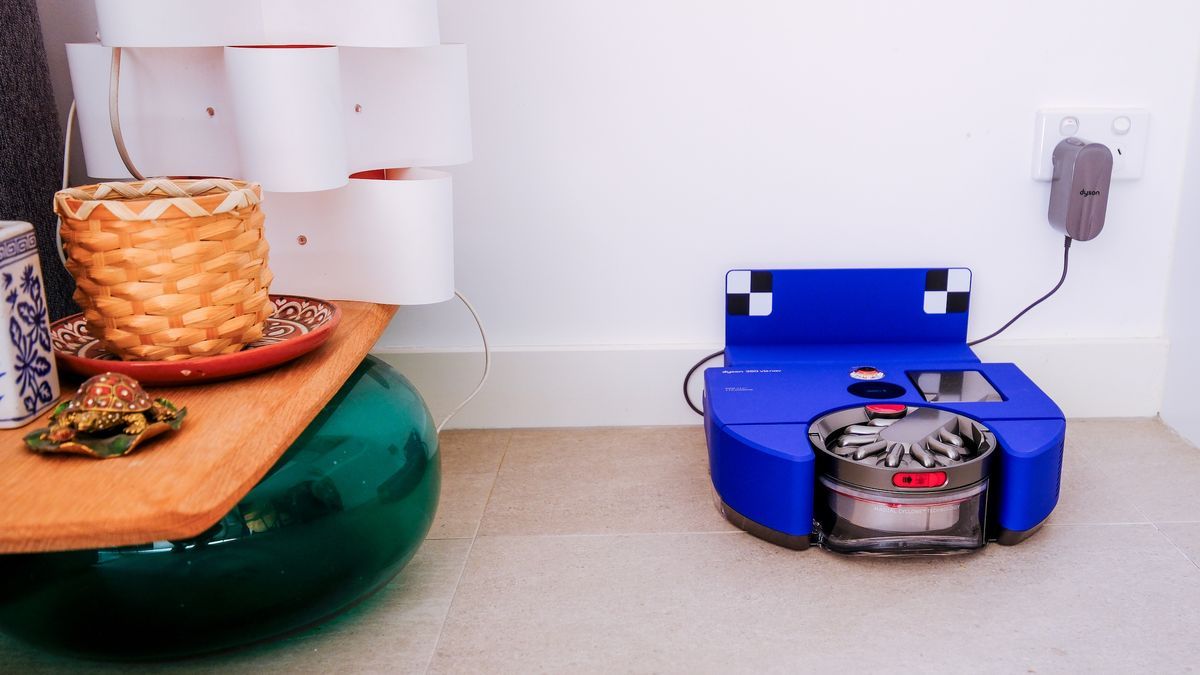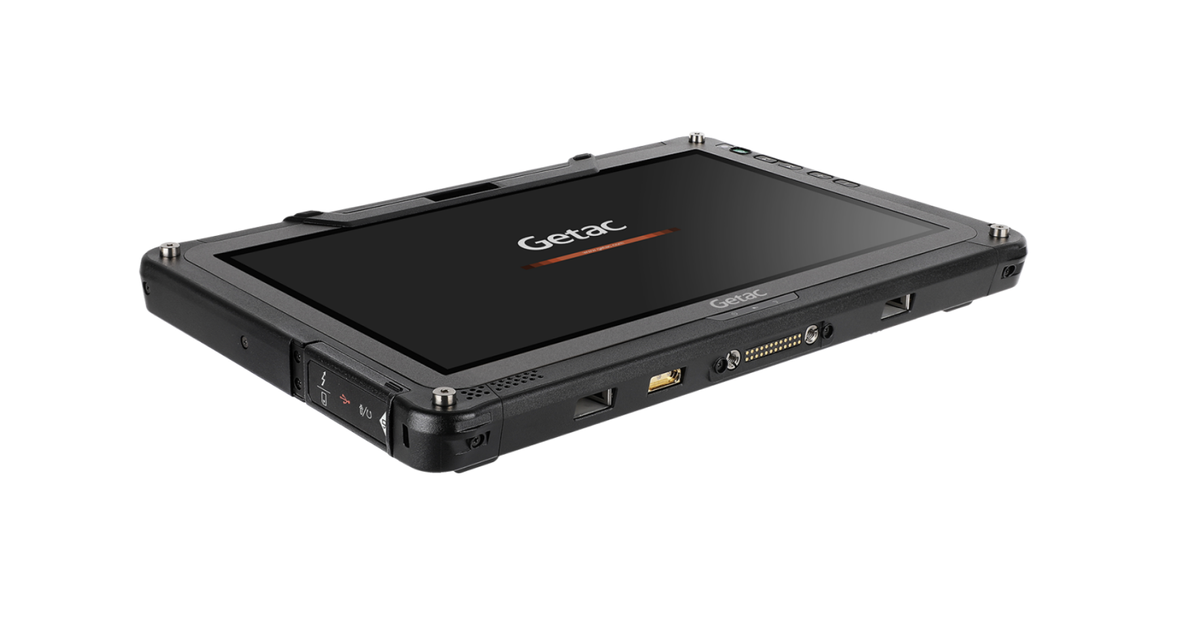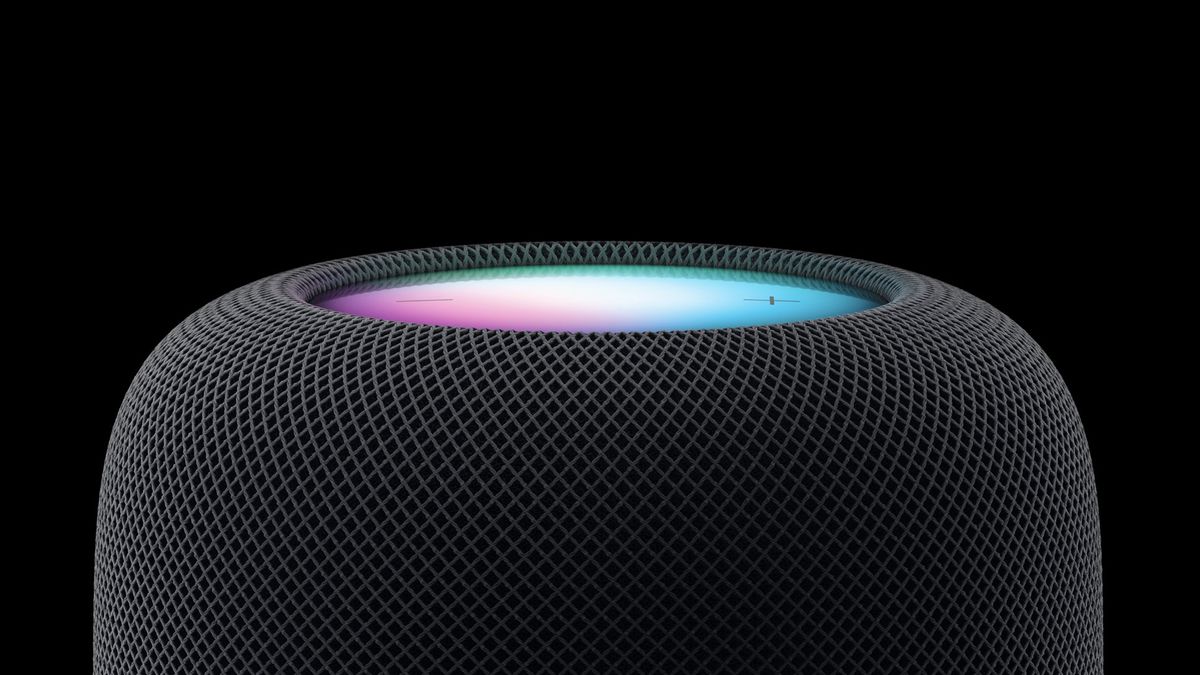Dyson's latest high-end robot vacuum, the Dyson 360 Vis Nav, has arrived on North American shores after spending more than eight months in the UK and Australia.
You can think of it as the successor to the older Dyson 360 Eye model from 2017. At the center of the Vis Nav is a camera with a fisheye lens capable of seeing in 360 degrees, giving the machine a full panorama. view of your home. All the visual information it receives is processed through its onboard system, creating a map. You'll know the layout of your home, including the placement of furniture, and even take note of areas where dust frequently accumulates.
Of course, you have the option to make adjustments on the fly via the MyDyson app. Using a mobile device, owners can create cleaning schedules for the robot vacuum cleaner and even tell it to avoid certain areas of their home. Vis Nav is compatible with both Google Home and Alexa, allowing you to control it with simple voice commands.
Notable Features
One of the things the company boasts about about this robot vacuum cleaner is its power. The model houses a motor capable of rotating at 11,000 rpm, delivering a suction of 65 air watts (AW). If you check out our Vis Nav review from last year, you'll find that it was able to completely fill its trash while in the default auto mode.
There are four separate modes in total, all of which can be activated via the aforementioned mobile app. Auto, as the name suggests, is the standard “set it and forget it” setting. The device will clean your floors without direct intervention. On the side there is an extendable nozzle that can reach difficult spots on the wall. While sweeping, Vis Nav can dynamically adjust its suction power to the side duct so it can deeply clean missing spots.
Next is the Boost mode to significantly increase the vacuum's performance when mopping the house. It knows when to increase the power thanks to the internal “piezoelectric sensor”. This piece of hardware tells the model how much dust is currently on the ground. Third is the Silent mode, which is supposed to silence the Vis Nav. However, if you read our review, it's actually not that quiet. The last one is Quick mode. According to The Verge, this mode causes the vacuum to clean open areas while avoiding dirt trapped inside corners.
Availability
As much as we harp on the review, it's important to come back to it because it appears Dyson made very few changes. The Vis Nav here in the Western Hemisphere will have all the positives and negatives.
It looks like Dyson improved the battery in the North American launch, as it can now last up to 65 minutes on a single charge instead of 50 minutes. Recharging will take 1.55 hours instead of 2.5 hours. The only thing that hasn't changed is how expensive it is.
The 360 Vis Nav is now on sale in the United States and Canada for $1,200 USD/$1,500 CAD. So yeah, he's an expensive guy. Fortunately, there are other options.
For recommendations, check out TechRadar's list of the best robot vacuums for 2024.









